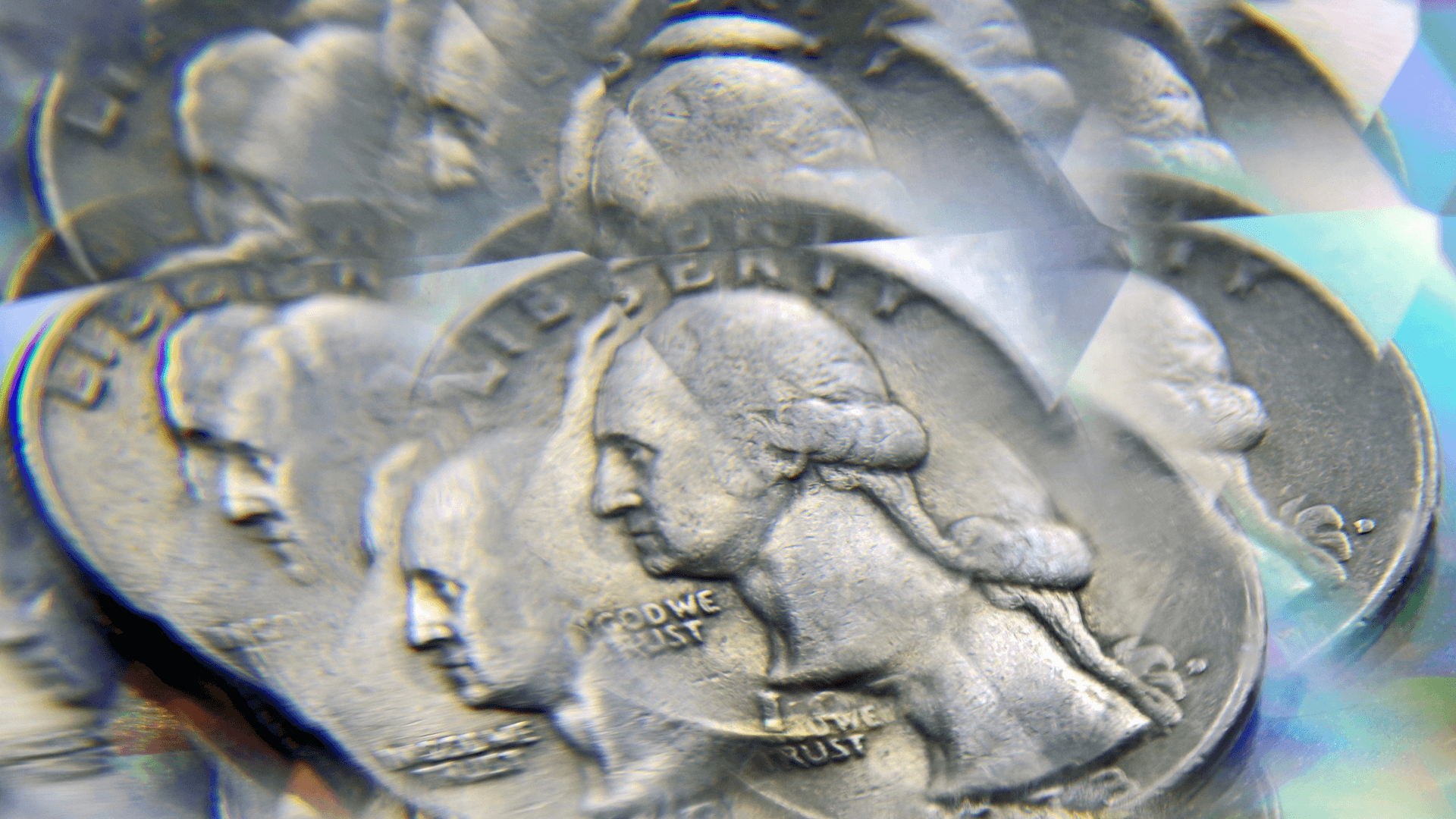Remember the 1980s? Blondie was at the top of the charts, the mystery of Luke Skywalker’s paternity was solved, and inflation was even worse than it is today.
The consumer price index, a measure of inflation, increased by an average of over 10% for two years straight in 1980 and 1981. [1] Compare that to January, when the CPI had an increase of 7.5% year over year.
Dennis Nolte, now a certified financial planner and vice president at Seacoast Investment Services, was just out of college in 1980, and remembers spending almost half of his $640 monthly pay on rent and waiting in line for gasoline after an energy crisis led to a nationwide oil shortage. That inflation and this inflation are not the same, he says.
Here’s how the inflation of 40 years ago is different from the inflation of today, and what you can learn from people who have experienced both.
1980s inflation vs 2020s inflation
The economy of the early 1980s was in many ways a tougher environment in which to experience inflation. Not only were prices higher, but the unemployment rate would reach 10%. [2] While the pandemic continues to upend life, Nolte says, “People have money now. They have much more money to spend than they did, which is the whole reason for inflation now.”
But unlike today, high interest rates in the 80s gave people a safe way to keep inflation from eroding the value of their cash through bonds and certificates of deposit.
“I was around back then and remember vividly posters in bank windows advertising 18% (certificates of deposit),” says Peter Palion, a certified financial planner and founder and president of Master Plan Advisory. “Today you have 7.5% inflation and a client just forwarded me a copy of an offer he got for a ‘high-yield savings account’ offering a promo rate of 0.5%.”
There are very few investments today that come close to offsetting the effect of inflation, Palion says. Certain government bonds specifically counteract inflation, but aside from that, your options are limited to riskier investments like stocks.
What you can learn from 1980s inflation
1. Inflation won't last forever
While things looked bleak in 1981, 1982 brought one of the biggest bull markets in history. [3] Over the five-year-period starting in August of that year, the S&P 500 more than tripled in value. Inflation went away, seemingly never to return.
2. Build a diverse portfolio
In other words, economic conditions can change quickly and drastically. That’s why it’s a good idea to build a portfolio with diverse investments. Some investments, like gold and real estate, will perform better in high inflation environments while underperforming during times of low inflation. Taken together, your holdings should perform steadily over the long haul, regardless of how economic conditions change — and they will.
3. Prepare for higher interest rates
Just like in the ‘80s, higher interest rates are likely on the horizon. The Federal Reserve has signaled that it will raise rates multiple times in 2022. While that may help stop prices from rising to 80s levels, borrowing may become more difficult as a result.
“Everything goes in cycles,” Palion says. “We had this high inflation back in the 80s, then it subsided, now we’re looking at inflation again. It’s all cyclical. It’s just a question of the length of the cycle.”
Correction: This post originally said CPI increased 75% year over year in January. It actually increased 7.5%.
Image: Adrienne Bresnahan / Getty Images

